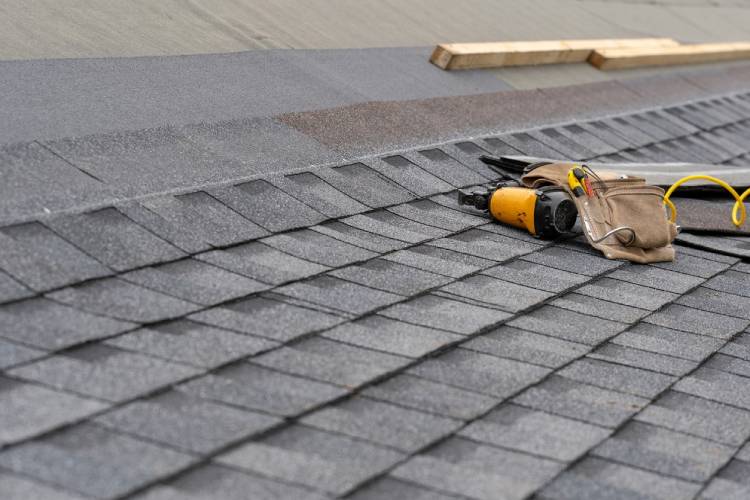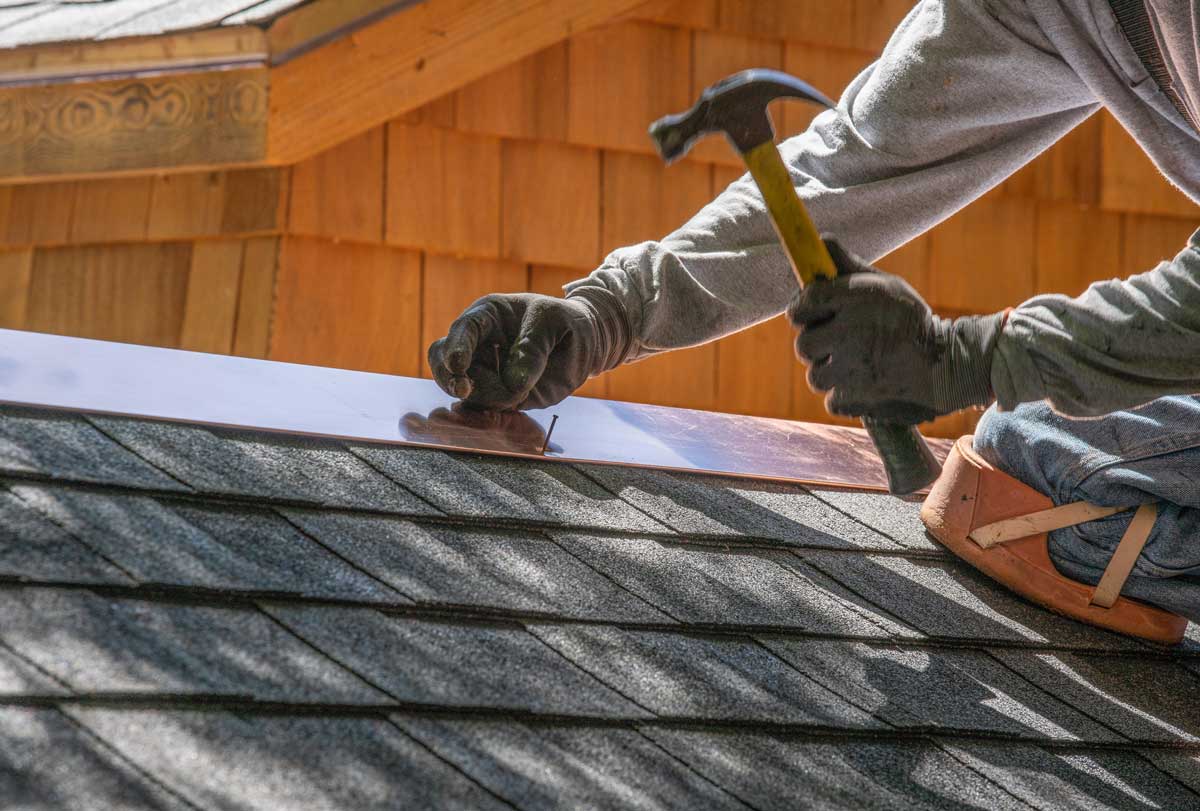Boost Natural Illumination with Professional Skylight Installation in Cleveland Heights
Boost Natural Illumination with Professional Skylight Installation in Cleveland Heights
Blog Article
A Comprehensive Guide to the Setup Refine of a Skylight Roof Covering
The installation of a skylight roofing system is a diverse procedure that calls for meticulous preparation and implementation to make sure optimum performance and visual charm. This overview will outline the important actions entailed, from picking the ideal skylight type to the vital tools and products needed for an effective installment. Recognizing the subtleties of architectural honesty and waterproofing is paramount, as these factors directly influence the durability of your skylight. As we check out each stage, it comes to be clear that focus to information is not merely useful however necessary for attaining a smooth assimilation of natural light into your space.

Recognizing Skylight Kinds
When taking into consideration a skylight installation, it is necessary to comprehend the numerous kinds available, each designed to satisfy different aesthetic and practical requirements. One of the most usual kinds of skylights consist of dealt with, vented, tubular, and operable models.
Set skylights are non-opening systems that serve largely to supply natural light and boost interior spaces. Vented skylights, on the various other hand, feature a mechanism that permits them to open, promoting air flow and reducing moisture levels.
Tubular skylights are small and designed to record sunlight via a small dome on the roof covering, transporting it down a reflective tube into the home. This type serves for smaller locations or spaces that call for extra light without endangering ceiling height. Lastly, operable skylights incorporate both natural light and air flow, making them versatile in numerous atmospheres.
Each skylight type supplies distinct benefits, and the choice depends on variables such as the meant use the area, neighborhood climate, and building style. Hence, understanding these alternatives is important for making a notified decision.
Preparing for Setup
Picking the ideal type of skylight is just the beginning; appropriate prep work for installment is vital for making sure an effective task. Prior to initiating the installation process, it is important to analyze the architectural integrity of the roofing system where the skylight will be set up. This includes monitoring for any type of indicators of damage, such as rot or leaks, which may jeopardize the installment and lead to future issues.
Following, it is necessary to prepare the place of the skylight thoroughly. Think about factors such as sunshine exposure, potential obstructions (like trees or neighboring structures), and the total visual appeals of the space. Marking the location plainly will help in picturing the outcome and help protect against mistakes throughout setup.
Additionally, evaluating local building regulations and obtaining necessary permits is vital to make sure compliance with laws. This action will help stay clear of possible penalties and make sure the safety and validity of the installment.
Devices and Materials Needed
An effective skylight setup requires a specific collection of products and tools to guarantee precision and performance throughout the process. Important devices consist of a measuring tape, level, circular saw, and energy knife, which are essential for accurate dimensions and reducing. A drill and proper drill little bits are essential for developing openings for installing braces, while a hammer and screws or nails are needed for protecting the skylight in location.
Along with devices, several products are necessary for a proper installation. The skylight unit itself must use this link be picked based on the dimension and type ideal for the roofing system. Blinking kits, which are composed of metal items developed to stop water leakage, are critical for ensuring a leak-proof seal. Roof covering concrete and caulking are also needed to give additional waterproofing around the skylight edges.
Safety and security equipment, such as gloves, safety glasses, and a construction hat, should not be ignored to protect versus possible dangers during the setup. Tarps or drop cloths can be useful to catch debris and secure the inside of the area listed below. Jointly, these devices and materials lay the structure for an effective skylight installation.
Step-by-Step Installation Process
Efficiently installing a skylight involves a methodical technique that makes certain both capability and aesthetic appeals. Begin by marking the desired location on the ceiling, ensuring it straightens with the architectural parts of the roof covering. Next off, reduced an opening that corresponds to the dimensions of the skylight structure, taking care to stay clear of any kind of electrical circuitry or pipes.
Once the opening is prepared, set up view publisher site flashing around the perimeter to draw away water away from the skylight. Position the skylight right into the opening, guaranteeing it rests flush with the roofline.
Next, apply roof covering concrete along the sides of the skylight and around the blinking to produce a watertight seal. Install the interior trim to cover any revealed edges and to offer a completed appearance inside the home. Finally, inspect the installation for any kind of spaces or imperfections that might result in leakages. Appropriately examining the skylight ensures longevity and improves its visual appeal, giving a lovely source of natural light for several years to find.
Settling and Keeping Your Skylight
After the installation of your skylight is total, it's vital to wrap up the process by making certain that all finishing touches are applied and appropriate upkeep regimens are developed. Begin by inspecting the interior and exterior seals for any type of spaces or incongruities that could lead to leaks. Appropriate securing is essential for the durability of your skylight.
Next, tidy the glass surface area with a mild, non-abrasive cleaner to keep clarity and enhance natural light penetration. Prevent extreme chemicals that might harm the framework or seals. Routinely look for debris build-up around the skylight, as this can result in drain problems and may require periodic cleaning.
Establish an upkeep timetable, preferably every 6 months, to analyze the problem of the skylight. Seek indicators of wear, consisting of damage of seals or structure materials. If you discover any issues, address them quickly to stop additional damages.
Conclusion

The setup of a skylight roof covering is a complex procedure that needs precise planning and execution to ensure optimal efficiency and visual appeal.Choosing the ideal kind of skylight is simply the beginning; adequate preparation for installment is important for making sure a successful job.An effective skylight setup calls for a details collection of devices and materials to make official website sure precision and performance throughout the procedure.After the setup of your skylight is complete, it's essential to cover up the procedure by guaranteeing that all finishing touches are used and appropriate upkeep regimens are established. Making sure architectural stability, proper blinking installation, and a water tight seal are important for the skylight's performance and long life.
Report this page